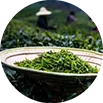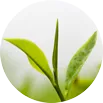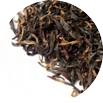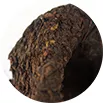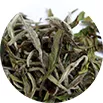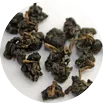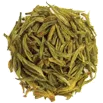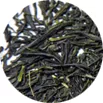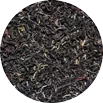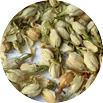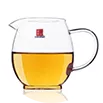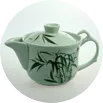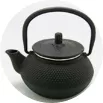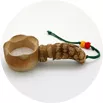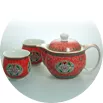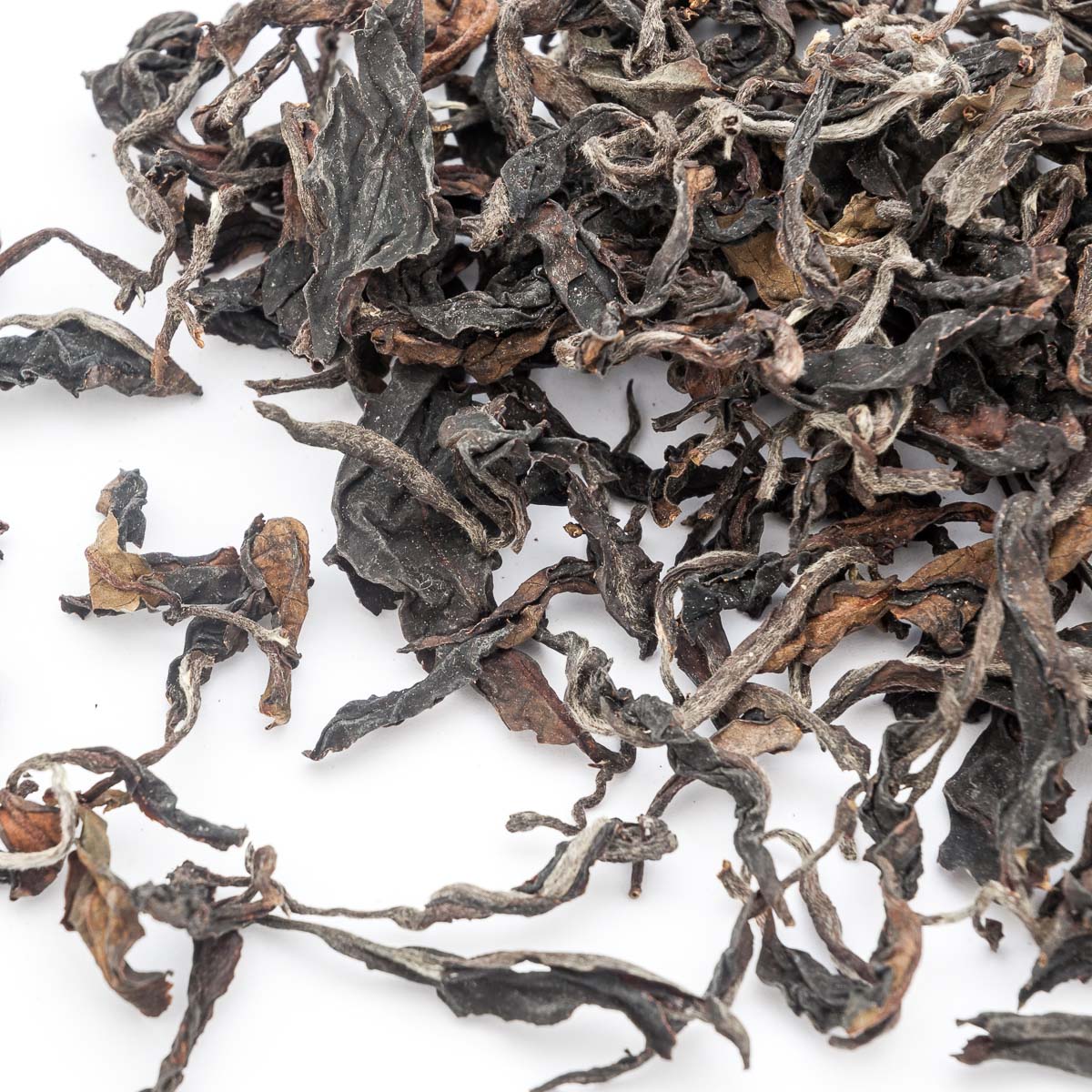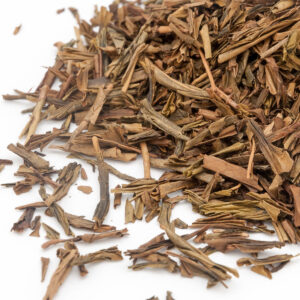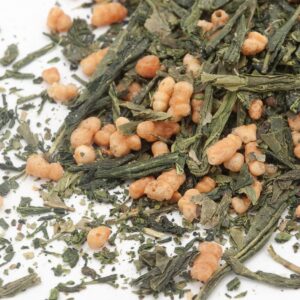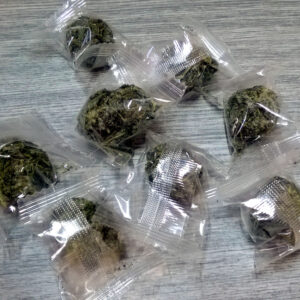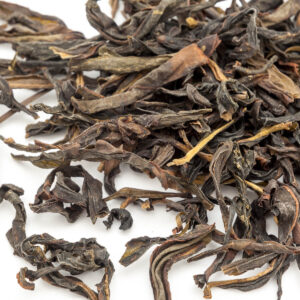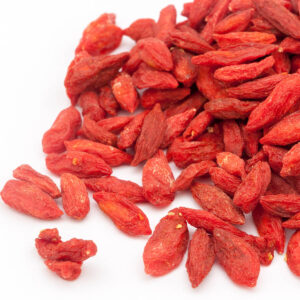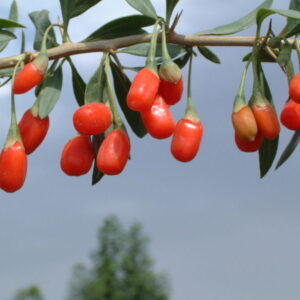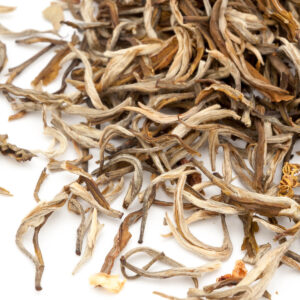In 1985, scientists from the Yunnan Tea Research Institute discovered a tea tree with purple buds, leaves, and stems in the institute’s tea garden, where more than 600,000 Yunnan large-leaf tea trees were planted. Its fresh leaves are used to make roasted green tea, the tea leaves of which are purple in color, as is the infusion. The smell is clean and the taste is strong. This tea was named Zijuan.
Studies of anthocyanins in the Zijuan tea tree have already advanced in terms of composition and quantity, and Zijuan tea leaves have been found to contain various anthocyanin components, including pelargonidin, cyanidin, delphinidin, peonidin, and malvidin.
The color of the new shoots of the Zijuan tea tree changes significantly with the season. From the beginning of January to the end of April the shoots are purplish red, from the beginning of May to the beginning of October they are dark purple, from the end of October to the end of December they are light purplish red, the old leaves are dark green throughout the year. As an ornamental plant in gardens, zijuan brings visual interest due to the combination of purple and red among the green leaves.


